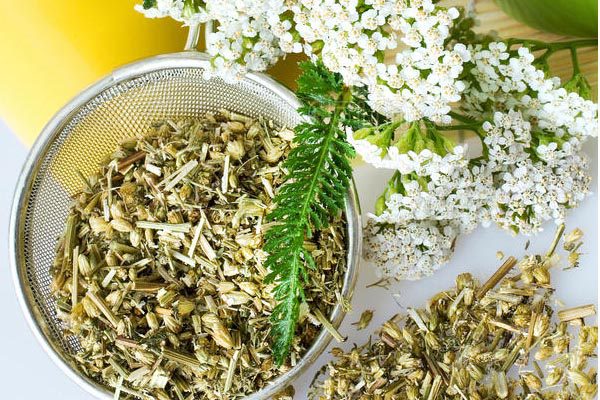Ryoku Cha(green Tea) and Sen Cha?
We will thoroughly explain the meanings of tea-related terms such as green tea and sencha, focusing on the difference between sencha and green tea
Ryoku Cha(Green Tea):When making green tea, the raw tea leaves are heated in a process called sassei, which stops the activity of the oxidizing enzymes at an early stage. Because the tea leaves are processed with little oxidation, the tea turns out to be a beautiful green color close to the original color of the tea leaves.
Sen Cha: Sencha can be said to be a type of green tea. The characteristic of Sencha is that after the tea leaves are steamed to stop oxidation, they are rolled and dried in several stages.
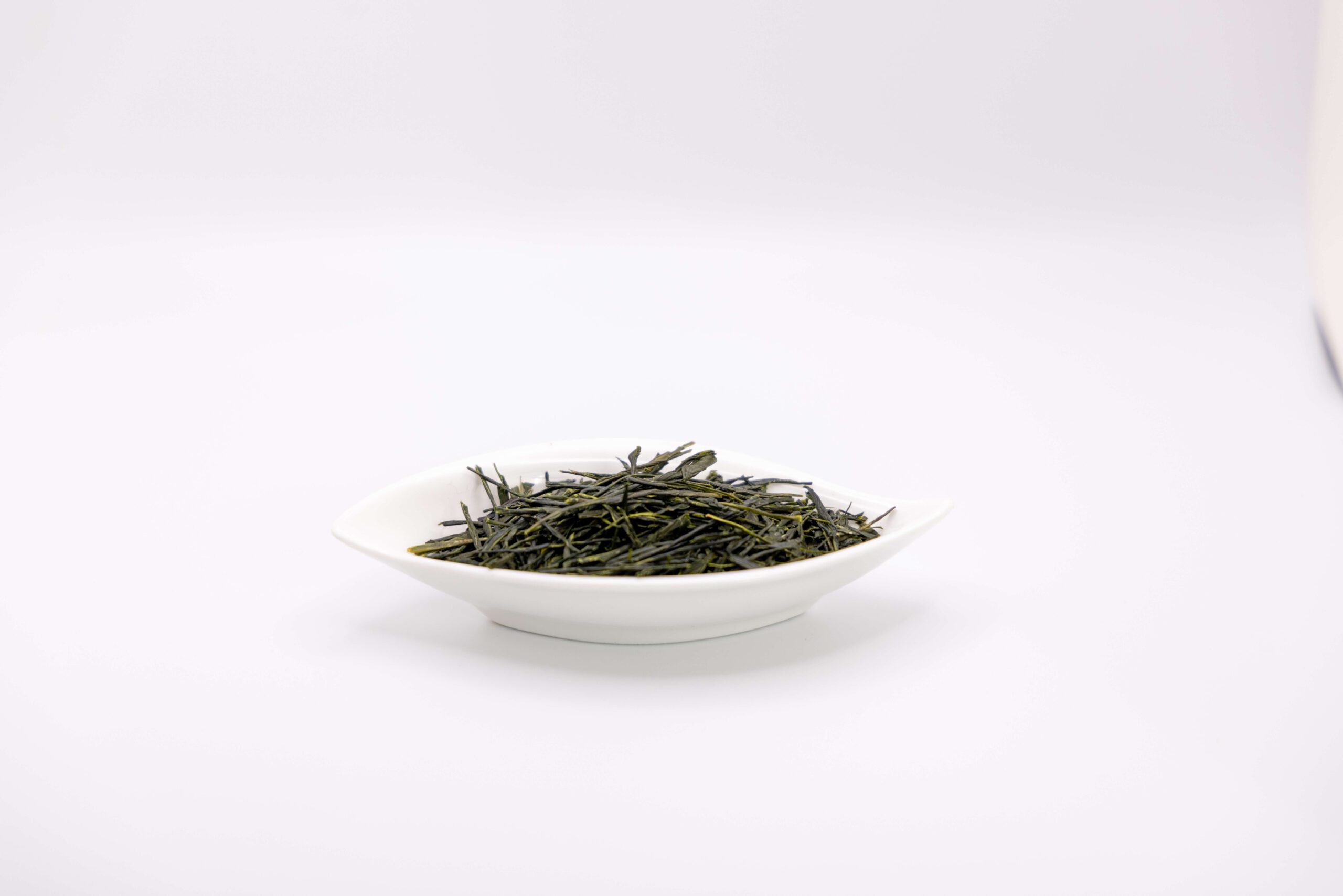
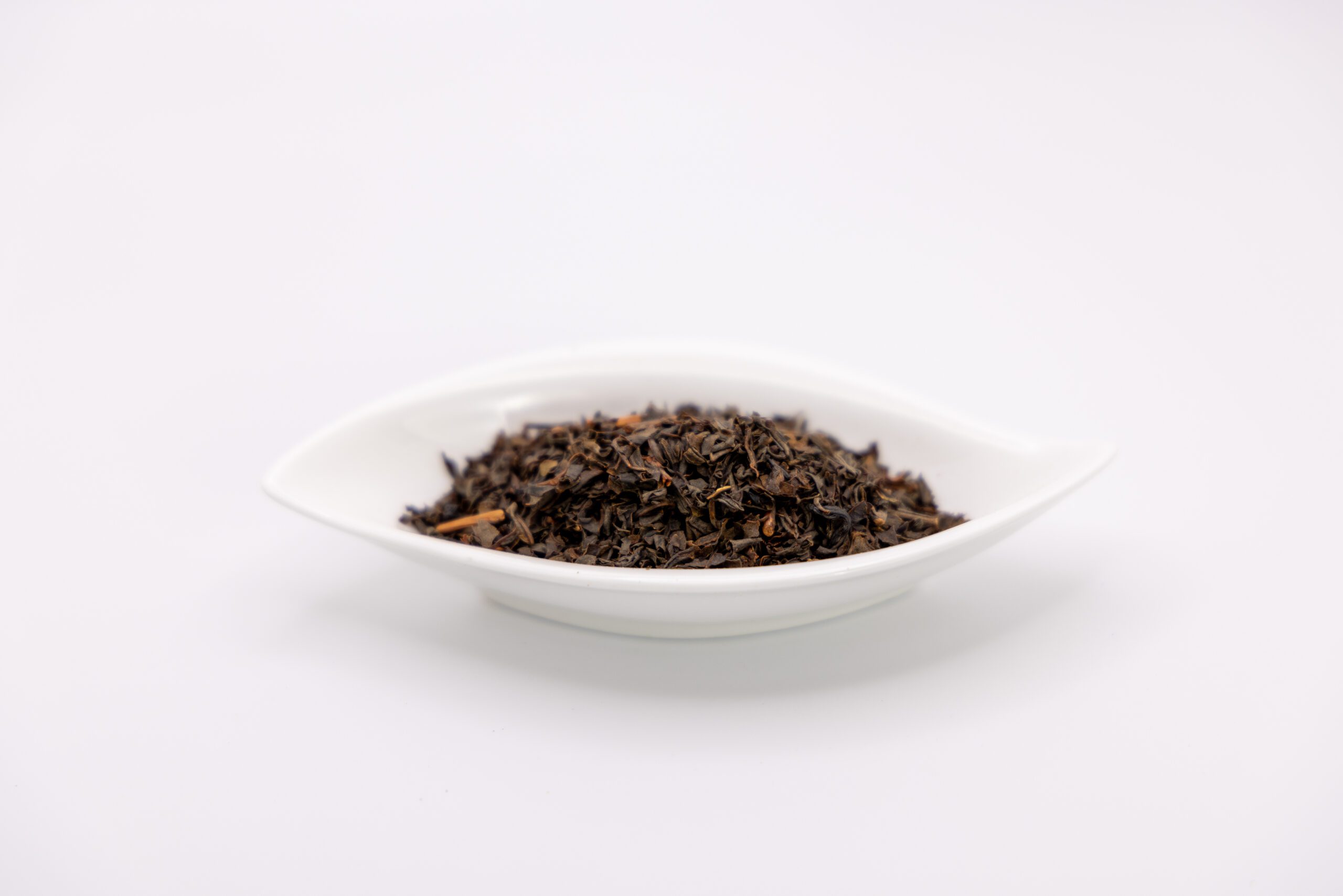
Black Tea
Fermentation has a slightly different meaning in the world of tea. Generally, fermentation in tea refers to the oxidation of tea leaves by the action of oxidizing enzymes.Oxidation progresses gradually. By heating the raw tea leaves in a process called sassei, the activity of the oxidizing enzymes is stopped at an early stageWhat happens if tea leaves are fermented without killing the greens? The answer is, depending on the degree of fermentation, it will become other types of tea, such as oolong tea or black tea.Black tea is tea that has been fermented to the maximum extent (fermented tea).
Hoji Tea
It is made by roasting the leaves over high heat until they turn reddish brown. Hojicha is defined as “a tea made by roasting Sencha or Bancha over high heat” and is a classification of green tea. Bancha is a type of green tea consumed in Japan. It is a commercially available product. Bancha can be used to refer to tea for everyday use, locally produced tea, or homemade tea, but it has long been popular as a cheap and easy-to-drink tea.

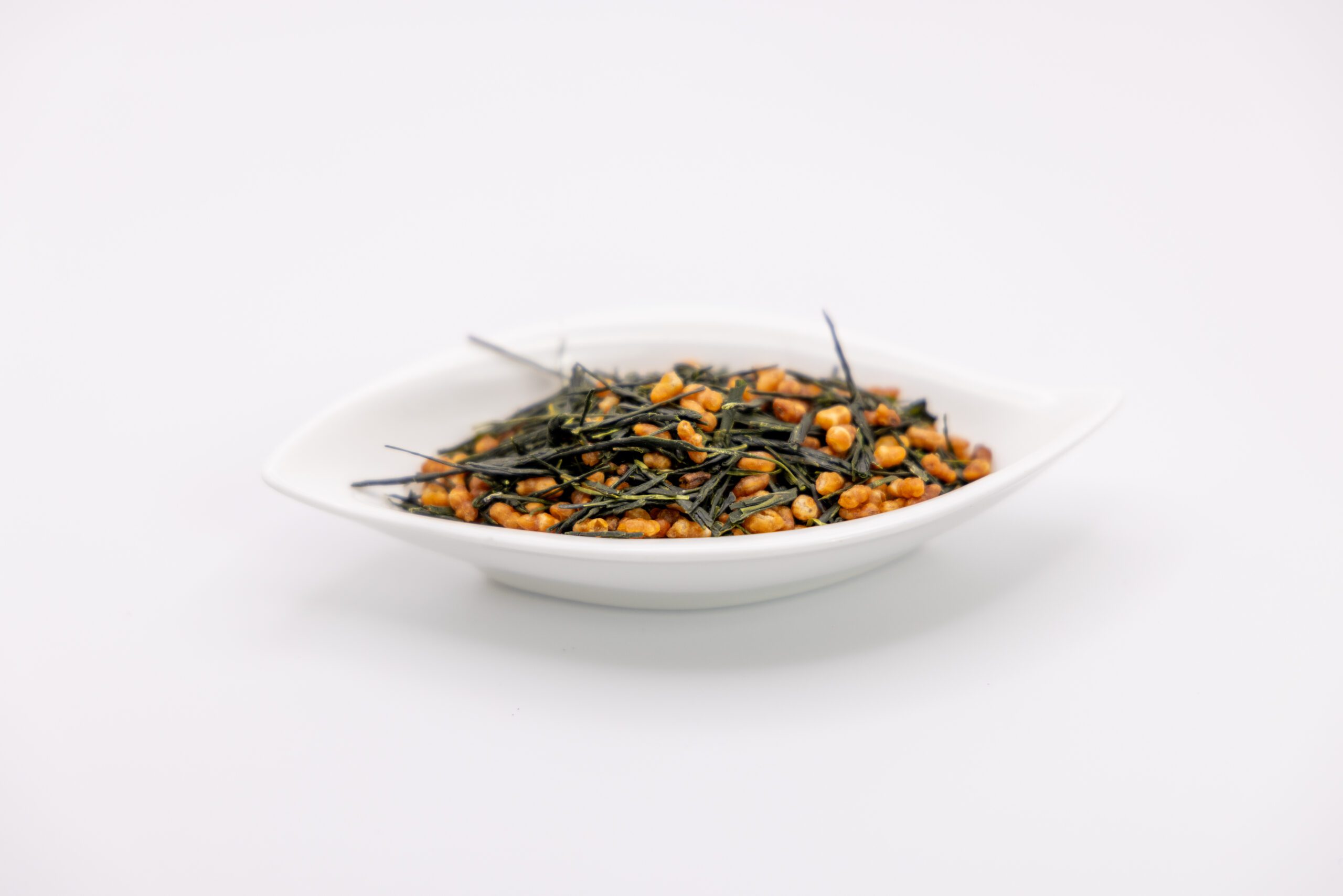
Genmai Tea
Genmaicha is a tea made by roasting rice that has been soaked in water and steamed, and then adding roughly equal amounts of bancha or sencha. You can enjoy the fragrant roasted rice and the refreshing taste of bancha or sencha. By adding rice, less sencha or bancha is used, so the tea has less caffeine and is recommended for children and the elderly.
Matcha
Matcha originated in Japan and is a powdered green tea that originated from Chinese mocha. It is characterized by being grown in the shade (Ohishita cultivation) and not being rolled when it is made. Growing in the shade gives matcha a bright green color and increases the amount of amino acids such as theanine that give it umami. This Ohishita cultivation method was started in Japan during the Muromachi period, and the bright green color and flavor of matcha that people know today come from Japan. Matcha is stirred with hot water using a special tool called a chasen and then drunk, especially in the tea ceremony.

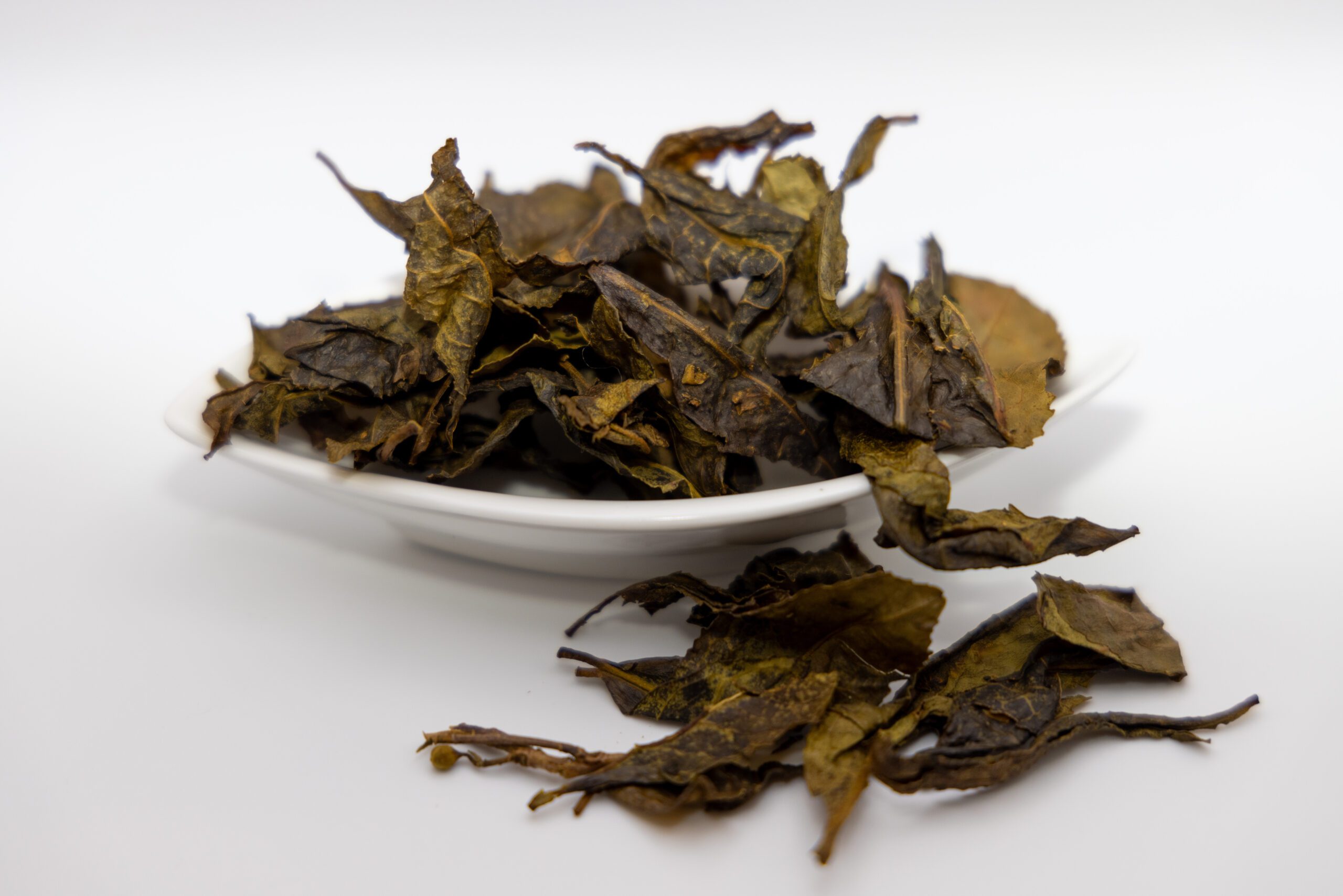
Awa Bancha
Awa bancha is a tea with a unique flavor that is made in the mountainous areas of Tokushima Prefecture by boiling, steeping, and fermenting the tea with lactic acid bacteria. It has also attracted attention when considering the food culture surrounding tea in Japan as it conveys ancient tea-making techniques, and was registered as an Important Intangible Folk Cultural Property of Japan in March 2021. In particular, tea made using tea leaves grown in Kamikatsu Town and processed within the town is called “Kamikatsu Awa bancha.”
Kan Cha
Kancha is a type of green tea that is made mainly from tea leaves harvested in winter, and has a mellow taste with low caffeine and tannins. Harvesting in winter allows the tea leaves to store nutrients in preparation for spring, enhancing the sweetness and aroma. Now that green tea has become mainstream, kancha, which is grown in winter, has become an extremely valuable tea.

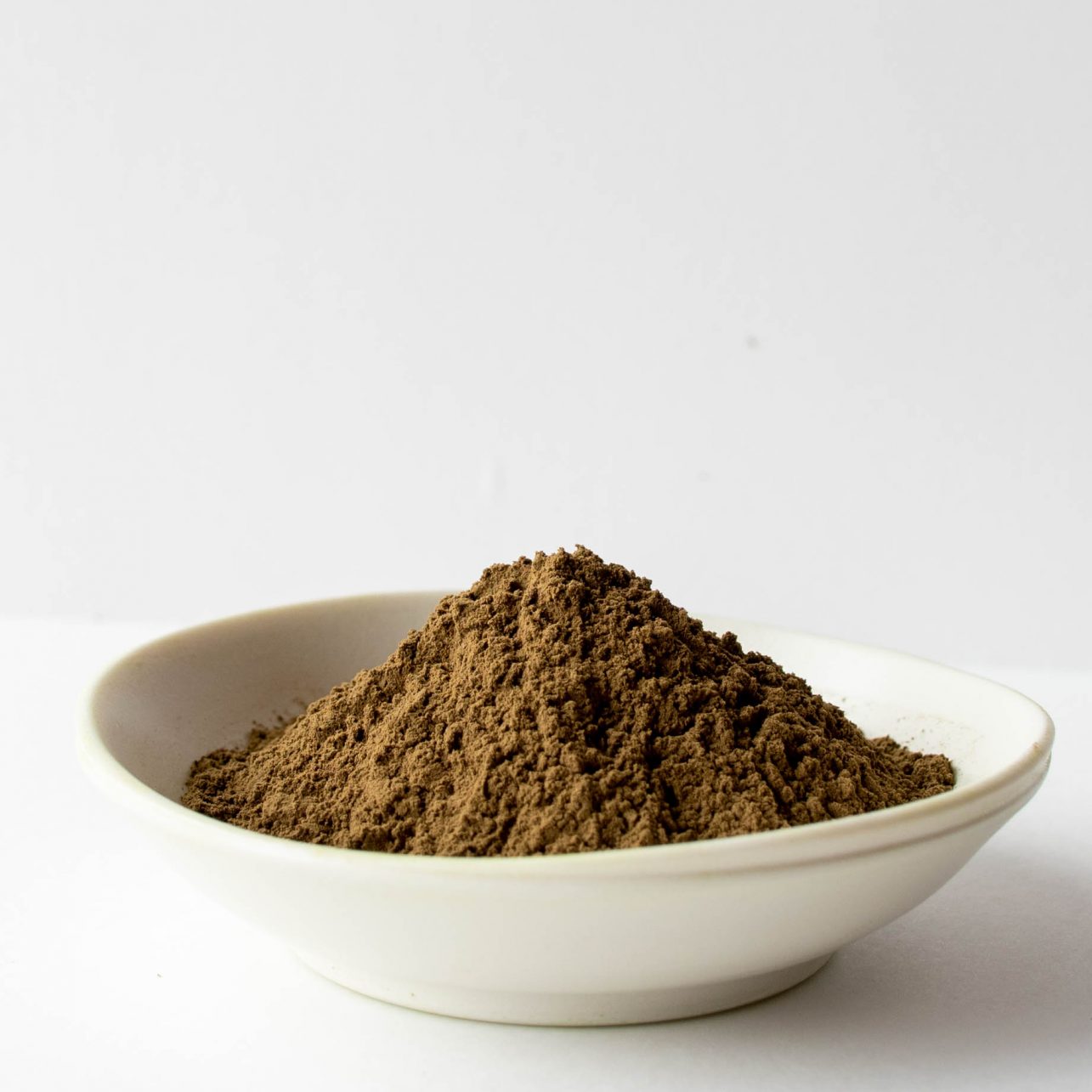
Hoji Powder
Roasted tea powder is made by roasting hojicha tea and grinding it into a fine powder. It is mainly made by grinding the fine tea leaves that fall through the sieve during the production of hojicha tea. It has a fragrant aroma and can be used as an ingredient in drinks and cooking.
Organic Rosemary
Rosemary has intense flavor.
It also tastes good with hibiscus or orange.
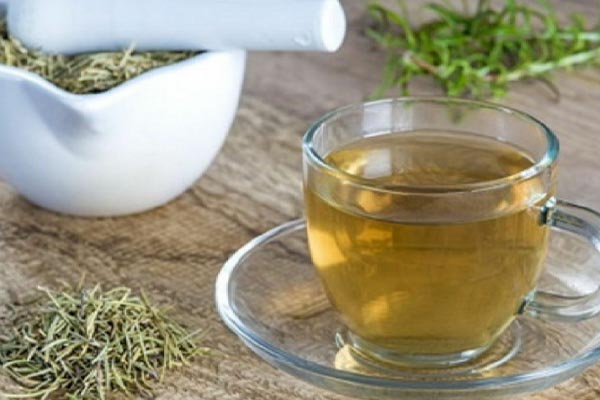

Organic spearmint
Spearmint is the well – known mint as peppermint and can aid for digestion and sooth pains. You may use it as fresh or dried and can grow them easily at your garden.
Organic Yarrow
This plant is one of the most underappreciated wild plants as dandelions. You see them anywhere in Europe and America but be careful with similar looking the deadly Hemlock. Yarrow is toxic to cats and dogs and horses.
